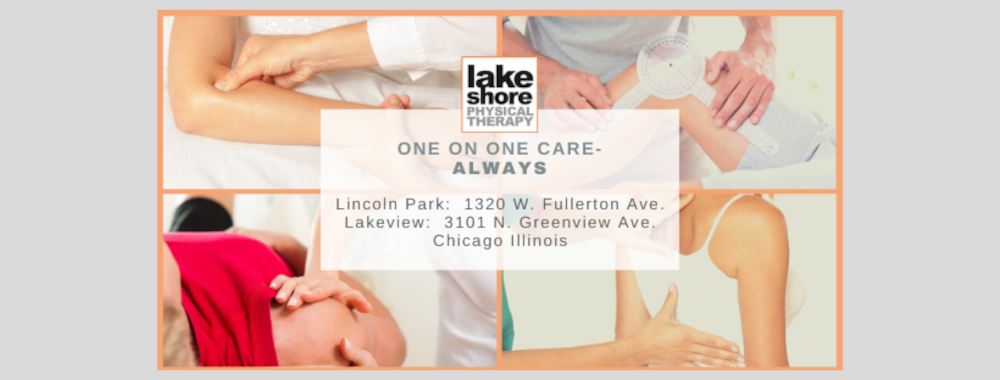 |
| by Stephanie Korso, PT |
Although the human body may look symmetrical to the naked eye, the right and left sides of our body are actually asymmetrical. For example, we have a heart on the left side of our body and a liver on the right side. Our right hemi-diaphragm is larger and more domed than the one on our left, putting it in a better position to function. The left side of our brain controls the right side of our body and vice versa. Since the left side of the brain is primarily responsible for motor planning, most people are right side dominant, regardless of hand dominance. These asymmetries are balanced through integration of system imbalances. If the asymmetries are not balanced, then postural patterns can emerge. These postural patterns may then contribute to weakness, instability, and various pain syndromes.
So…what’s a postural pattern? This is when our body gets stuck in a certain position. But we’re not just talking about bony alignment and how we look when we stand up tall or sit at our desks: we are referring to our body at any given moment in time. Posture involves coordination of multiple systems, not just the musculoskeletal system, and is constantly changing. Ideal posture involves a homeostatic state when nothing is working harder than anything else and where our overall body system can shut down. In this state of neutrality, we efficiently balance our various asymmetries.
The Postural Restoration Institute has developed three main stages to restore optimal posture:
- Reposition – this involves muscle inhibition
- Retrain – this involves muscle facilitation
- Restore – this involves restoring reciprocal and alternating function
Diaphragmatic breathing is often a key component in achieving a neutral posture. When learning to optimally use your diaphragm, fully exhale, ridding yourself of all the air in your lungs. Your exhale should last longer than your inhale. Then, attempt inhaling into your right chest wall and into your back without allowing the bottom of your rib cage to flare open. This full exhale allows your diaphragm to dome into its resting position so that it can efficiently work upon inhalation.
Think you got it? Challenge your diaphragm by blowing up a balloon!
Nail it? Then try a common repositioning technique developed by the Postural Restoration Institute! Click on the following video for instruction.
References:
Postural Restoration Institute. www.posturalrestoration.com
